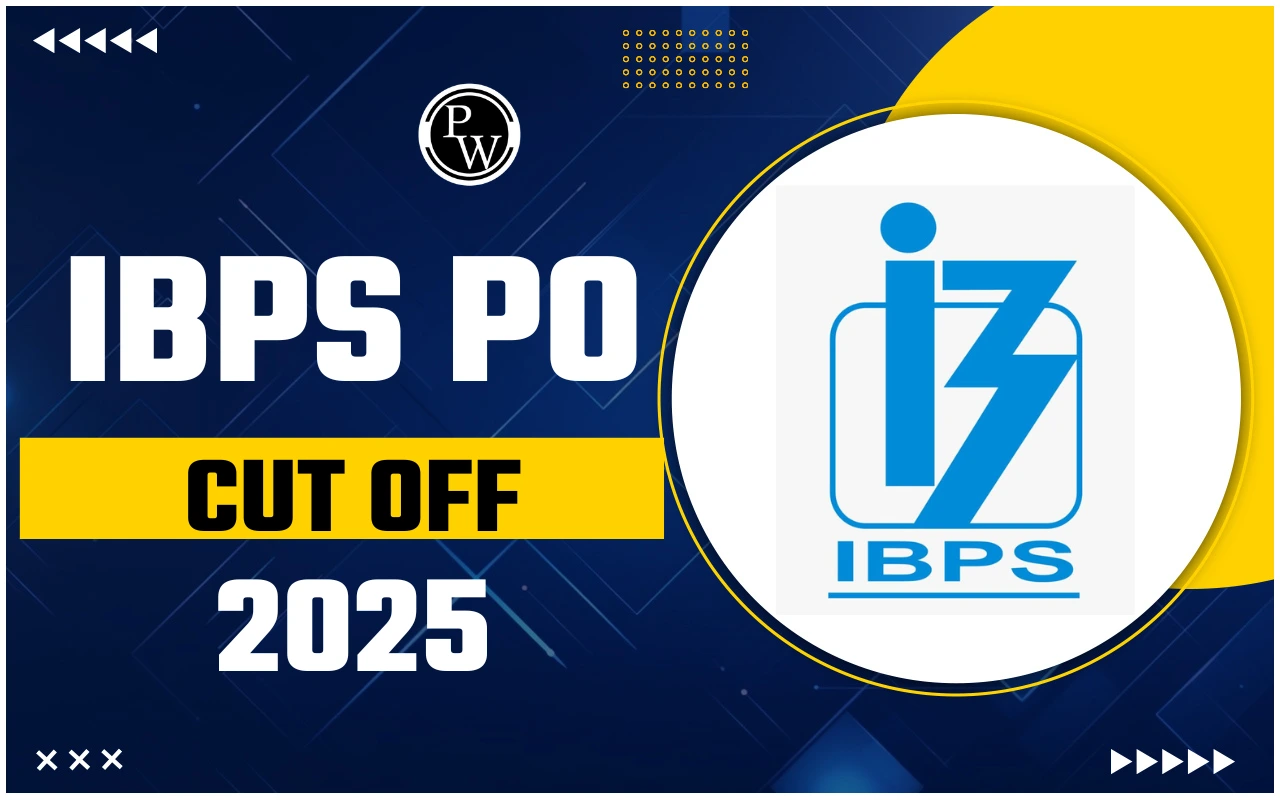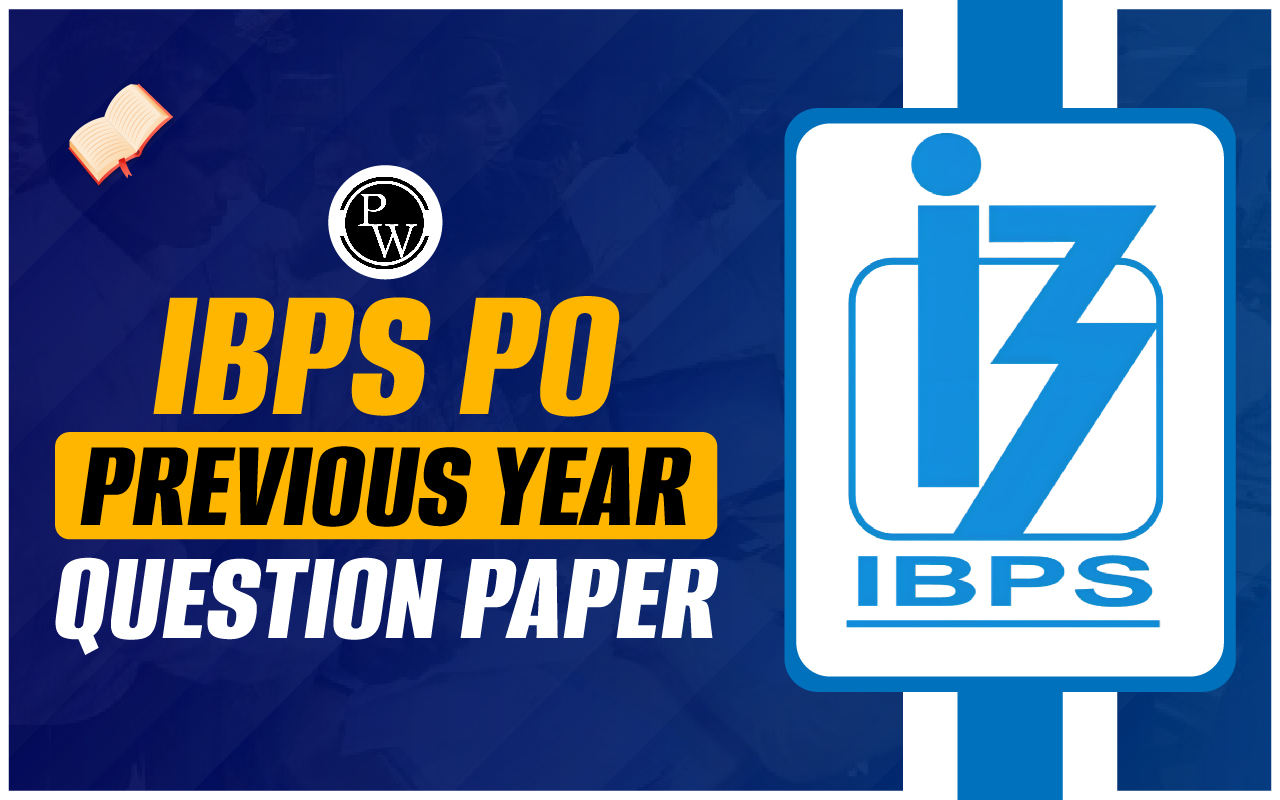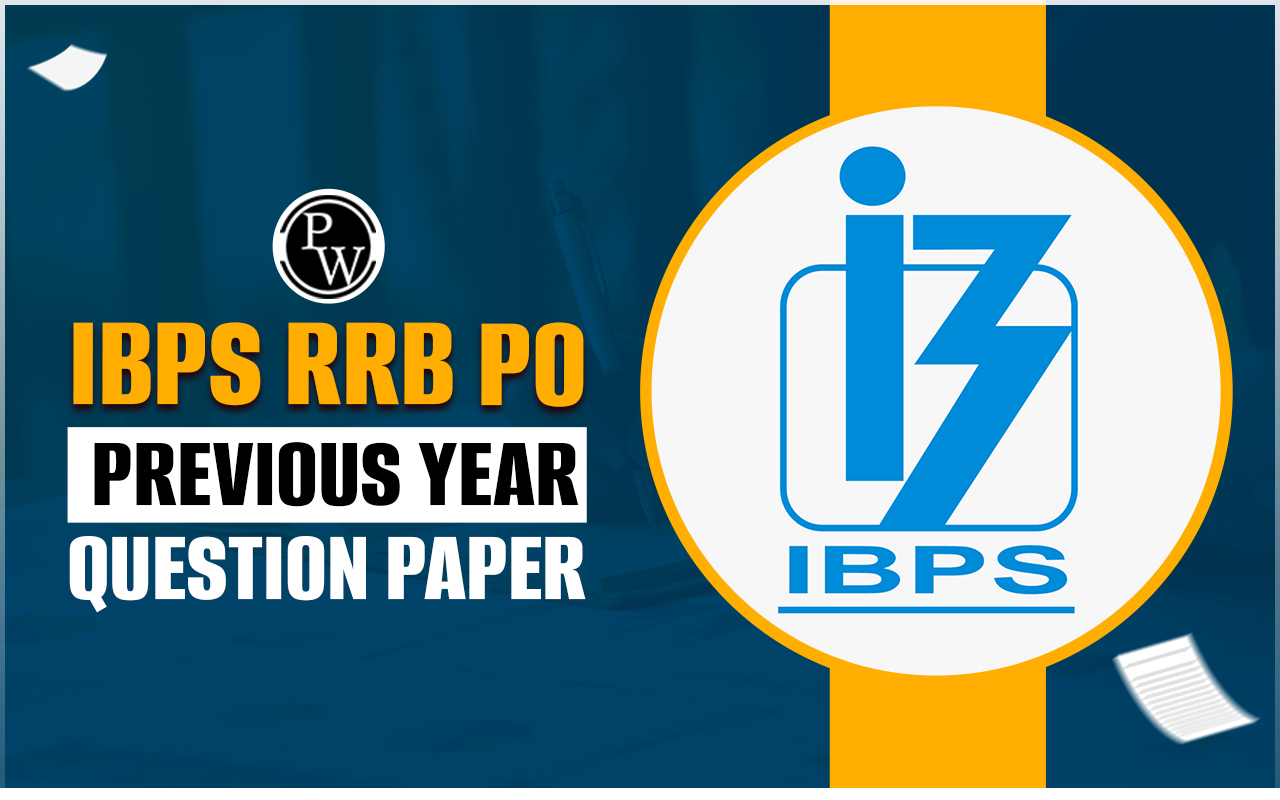
Modern Banking System
Modern Banking System: Have you ever wondered how your parents used to handle banking? Their likely response would involve physically going to the bank. That was the conventional approach, where customers sought straightforward deposit and withdrawal services in a calm and inviting environment. However, the trends of banking have evolved significantly in today's world. Modern customers desire a banking experience beyond the traditional lobby and teller line.
In the past, bank facilities catered to individual transactions and comprehensive lending services. Customers sought quick access for deposits and withdrawals, and a serene location for more time-consuming processes like loans and refinancing.
Fast forward to today, and the banking landscape has undergone a transformative shift. In the era of modern banking, a plethora of financial services is available online to meet urgent monetary needs without relying on a physical banking facility. Yet, to keep customers engaged and loyal, banks must innovate and adapt.
Modern Banking System Meaning
Modern Banking Systems, also known as E-banking systems, represent a comprehensive, Windows-accessed, full point-and-click, on-premise solution that provides Core Data Processing Solutions, Item Capture, Imaging Solutions, and Management Information Systems. These programs are integral components of the core banking solution, covering various aspects of modern banking, including Internet Banking, Telephone/PC Banking, Network Systems, and more.
Customers are issued with a internet banking account ID and password, allowing them to access their accounts, make payments, and generate receipts from the comfort of their home personal computer connected to the Internet. E-banking is the evolution of contemporary banking systems, essentially electronic banking accessible through standard broadband Internet connections. The e- banking service is available 24/7, enabling customers to make transactions at their convenience, without being restricted by office hours.Modern Banking System Benefits for Consumers
- Convenience: E-banking offers significantly greater convenience. Individuals can check their bank balances, get information, and pay bills online without the need to visit a physical bank.
- Reduced Risk: Carrying physical cash is not necessary, as payments can be made using credit or debit cards. This has low risk than dealing with cash, as cards can be easily replaced or deactivated in case of loss or theft.
- No Time Limitations: Traditional banks typically have working hours from 9:00 a.m. to 5:00 p.m. Whereas, e-banking allows individuals to make transactions at any time, providing flexibility that is not available in traditional banking systems.
Modern Banking or Internet banking offers a range of facilities, including online bill payments, fund transfers, online shopping, and investment opportunities. This is just not time saving but also allows individuals to carry out these activities from the comfort of their homes.
This innovative system eliminates the need for customers to handle banking tasks during office hours, offering flexibility and accessibility. The superior software, operational flexibility, quick access to crucial management information, reliability, and cost-effectiveness stand out as key features of these electronic banking systems. Essentially, electronic banking systems provide a service that enables transactions without the necessity of physically visiting a bank branch.Modern Banking System History
- The emergence of modern banking in India dates back to the mid-18th century. Early examples include the Bank of Hindustan, established in 1770 and dissolved between 1829 and 1832, and the General Bank of India, founded in 1786 but failed in 1791.
- The State Bank of India (SBI) stands as the largest and oldest bank in continuous operation. It was originally established as the Bank of Calcutta in mid-June 1806, it was later renamed the Bank of Bengal in 1809.
- The Bank of Bombay was founded in 1840, and the Bank of Madras in 1843. In 1921, these three banks merged to form the Imperial Bank of India, which, following India's independence in 1955, became the State Bank of India. The presidency banks, including the SBI's predecessors, played quasi-central bank roles until the establishment of the Reserve Bank of India in 1935.
- In 1960, the State Bank of India gained control of eight state-associated banks under the State Bank of India (Subsidiary Banks) Act, 1959, with the merger taking effect on April 1, 2017.
- The government's nationalization of 14 major private banks, including Bank of India, occurred in 1969, and an additional six private banks were nationalized in 1980. These nationalized banks, along with the State Bank of India and its associates, constitute the majority of lenders in the Indian economy, owing to their significant size and extensive networks.
Modern Banking System Advantage And Disadvantage
| Modern Banking System Advantage And Disadvantage | |
| Modern Banking System Advantage | Modern Banking System Disadvantage |
|
|
EVOLUTION IN THE BANKING SECTOR
The banking sector has undergone a revolutionary transformation, moving away from the traditional model where customers had to visit physical branches for all their financial needs. The rise of modern banking signifies a departure from conventional practices. Looking ahead, the integration of artificially intelligent assistants, virtual reality through mobile apps, and innovations in self-driving cars will reshape the future of banking.
With the advent of online, mobile, and omnichannel services, forward-thinking banks are at the forefront, embracing innovations that align with customer expectations for financial health, wealth management, trust, and security. However, a tech-driven mindset alone is insufficient. The future of each bank hinges on its ability to leverage technology effectively to cater to the needs, wants, and behaviors of its customers.
Modern Banking System LATEST TECHNOLOGIES AND TRENDS
1. OPEN BANKING
- Open Banking , utilizing APIs, stands out as a significant breakthrough in the banking industry. It provides personalized banking services to businesses and customers, ensuring security and efficiency.
2. DIGITAL WALLETS
- Digital wallets have become an integral part of modern banking, simplifying tasks such as money transfers, e-commerce payments, mobile recharges, and everyday transactions with a few swipes on a touch screen.
3. NEAR FIELD COMMUNICATION TECHNOLOGY (NFC)
- NFC technology promises a futuristic banking experience, allowing quick and secure payments through devices like phones, wristbands, or watches. The digital transformation eliminates the need for physical wallets and cards.
4. DIGITAL ACCOUNT OPENING
- Digital account opening is now an essential aspect of modern banking, enabling customers to open accounts without visiting a physical branch. Many private banks have embraced this digital account opening system.
5. BIOMETRIC TECHNOLOGY
- Biometric technology, using fingerprints, iris scans, and voice recognition, enhances security while providing a seamless customer experience. Unlike traditional PINs or passwords, biometric identifiers are more secure and convenient.
Also Check out – PW Skills BFSI Certification Online Course and take the first step toward a career in banking and financial services.
Laws Governing the Banking Sector
Reserve Bank of India Act, 1934
Enacted in 1934, the Reserve Bank of India (RBI) Act established the RBI with the objective of overseeing the issuance of banknotes, maintaining reserves to ensure monetary system stability, and efficiently managing the national currency and credit system.
The legislation primarily focuses on the constitution, powers, and responsibilities of the RBI. While it doesn't extensively address the regulation of the banking system, notable sections include Section 42, pertaining to the regulation of the reserve requirement ratio, and Section 18, primarily dealing with direct discounts on bills of exchange and promissory notes.
The RBI Act encompasses various aspects, including the establishment, capital, management, and operations of the RBI. It also addresses features such as banknote issuance, cash management, the central and state bank relationship, and functioning as the lender of last resort. Provisions for reserves, credit funds, audits, and accounting are included, along with the authority to issue orders and impose penalties for violations of laws and regulations.
Banking Regulation Act, 1949
Considered a crucial legal framework for banks, the Banking Regulation Act of 1949 (BR Act) was initially enacted as the Banking Companies Act of 1949. This act, in conjunction with the RBI Act, provides comprehensive guidelines for banks, covering various crucial areas.
Key provisions of the BR Act include:
- Definition of Banking: Section 5(i)(b) defines banking as the acceptance of deposits from the public for lending and/or investment, with such deposits being repayable on demand or otherwise withdrawable by means of cheque, drafts, order, or otherwise.
- Banking Company Definition: Section 5(i)(c) outlines a banking company as any entity engaged in the business of banking.
- Demand and Time Liabilities: Section 5(i)(f) distinguishes between demand and time liabilities, categorizing the former as repayable on demand and the latter as non-demand liabilities.
- Secured Loans or Advances: Section 5(i)(h) provides the meaning of secured loans or advances, stating that such loans are granted against the security of an asset, and the market value of the asset should not be less than the amount of the loan.
- Definition of Banking Business: Section 6(1) specifies the definition of banking business.
- Naming Requirements: Section 7 mandates that banking companies conducting business in India should include terms like work bank, banking, or banking company in their names.
Who introduced the banking system in India?
India's banking system is widely known, providing extensive insights into its evolution. However, the question arises: who laid the foundation for the banking system in India?
India's banking system, with its roots dating back to the establishment of the Bank of Calcutta in 1806 during British rule, has evolved significantly. Key milestones include the founding of Allahabad Bank in 1865 (the first Indian-owned bank), the incorporation of Punjab National Bank in 1895, and the establishment of various commercial banks between 1906 and 1913.
In 1935, the Imperial Bank of India emerged through the merger of three presidency banks, later transforming into the State Bank of India. The Reserve Bank of India (RBI) was established in the same year as a crucial regulatory entity. While the modern banking system has brought convenience and efficiency, there remains a historical gap in addressing the needs of the rural and agricultural sectors.
What is the modern banking system?
What are the features of modern banking?
What is the importance of modern banking system?
Who is the father of modern banking?
Which is the first modern bank in India?










